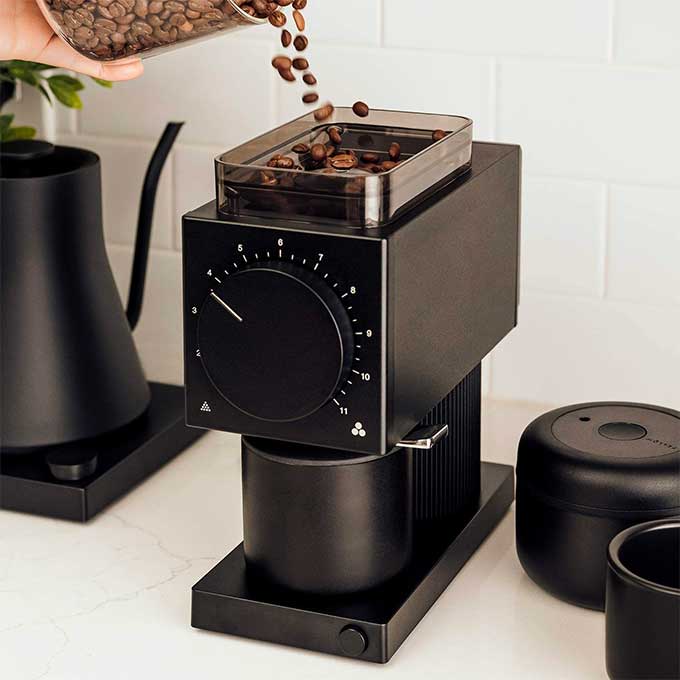If you want to be a master at ordering Italian coffees, such as a Macchiato or Latte, this guide will teach you all you need to know. That way, you can confidently make a selection the next time you go to make or order a cup of coffee. Let’s begin!
What is macchiato?
The macchiato is a type of espresso beverage that has recently been popularized. It is made with espresso and milk, but the ratio of espresso to milk is much higher than in other coffee drinks, such as lattes. The word ‘Macchiato’ is Italian and loosely translates to ‘marked,’ which describes how the drink looks when served.
What is Latte?
A latte is a coffee drink made with espresso, steamed milk, and a small amount of foam. It is typically served in a tall glass and is often flavored with syrups or spices. The word “latte” is Italian for “milk,” and the drink originated in Italy. It is one of the most popular coffee drinks in the world.
What Is The Difference Between Macchiato and Latte?

A classic macchiato is crafted by combining a shot of espresso with a touch of steamed milk. This creates a creamy texture and slightly sweet flavor that many people enjoy. It can also be served with foam for added texture and flavor. Macchiatos are often served in smaller cups than lattes, making them ideal for those who want a quick pick-me-up without the extra calories or caffeine from larger drinks.
On the other hand, the term “latte” is derived from the Italian word “caffe latte,” meaning “milk coffee.” The latte usually contains one shot of espresso, three parts steamed milk, and a small amount of foam on top. Lattes are also incredibly versatile; they can be made with different types of milk, such as almond or oat milk; flavored syrups can be added for extra sweetness, and spices like cinnamon or nutmeg can be sprinkled on top for additional flavor. Whether you’re looking for something sweet or savory, there’s sure to be a latte that fits your tastes!
Taste differences
The taste of a macchiato is strong and rich due to the balance between the espresso’s slightly bitter taste and the milk’s sweetness. In contrast, a latte is much less bitter than a macchiato because of the higher amount of added steamed milk.
Calories

Regarding the calorie content of the two coffee types, a macchiato offers fewer calories since it is made with less milk. A standard macchiato will contain around 60 calories, while a latte will have 110 calories per serving when using whole milk. If you’re looking for a way to make your latte less caloric, use lower-fat milk, like 2% fat milk, or go with milk alternatives like almond, oat, or soy milk.
Does latte or macchiato have more caffeine?
The caffeine content in a macchiato and latte depends on the number of espresso shots used and their strength. Generally speaking, macchiato and latte are made with a single shot of espresso, meaning they will have anywhere from 63.6 mg to 76.02 mg of caffeine.
However, it’s important to consider the type of bean used and the roast level. Opting for Robusta beans is recommended for those seeking a higher dose of caffeine. However, if you prefer a milder flavor or are sensitive to caffeine, Arabica beans may be your best bet. Regardless of which type you choose, make sure to check the label before purchasing so you know exactly what kind and how much caffeine you’re getting in each cup.
Latte vs. LATTE MACCHIATO

Say hello to the latte’s beautiful sister: latte macchiato! But what is this unique coffee, and what’s the difference between it and a latte? It’s all in the way it’s poured! A latte starts with espresso and is topped with milk, while the latte macchiato is made with a lot of milk and topped with a shot of espresso. What makes the latte macchiato so special are the three distinct layers: warm milk, one shot of espresso, and luscious milk foam. The secret to creating this layered masterpiece? Pouring the espresso into the frothed milk very slowly!
Contents


